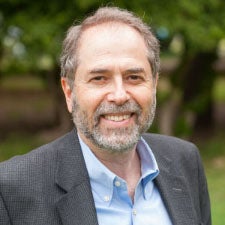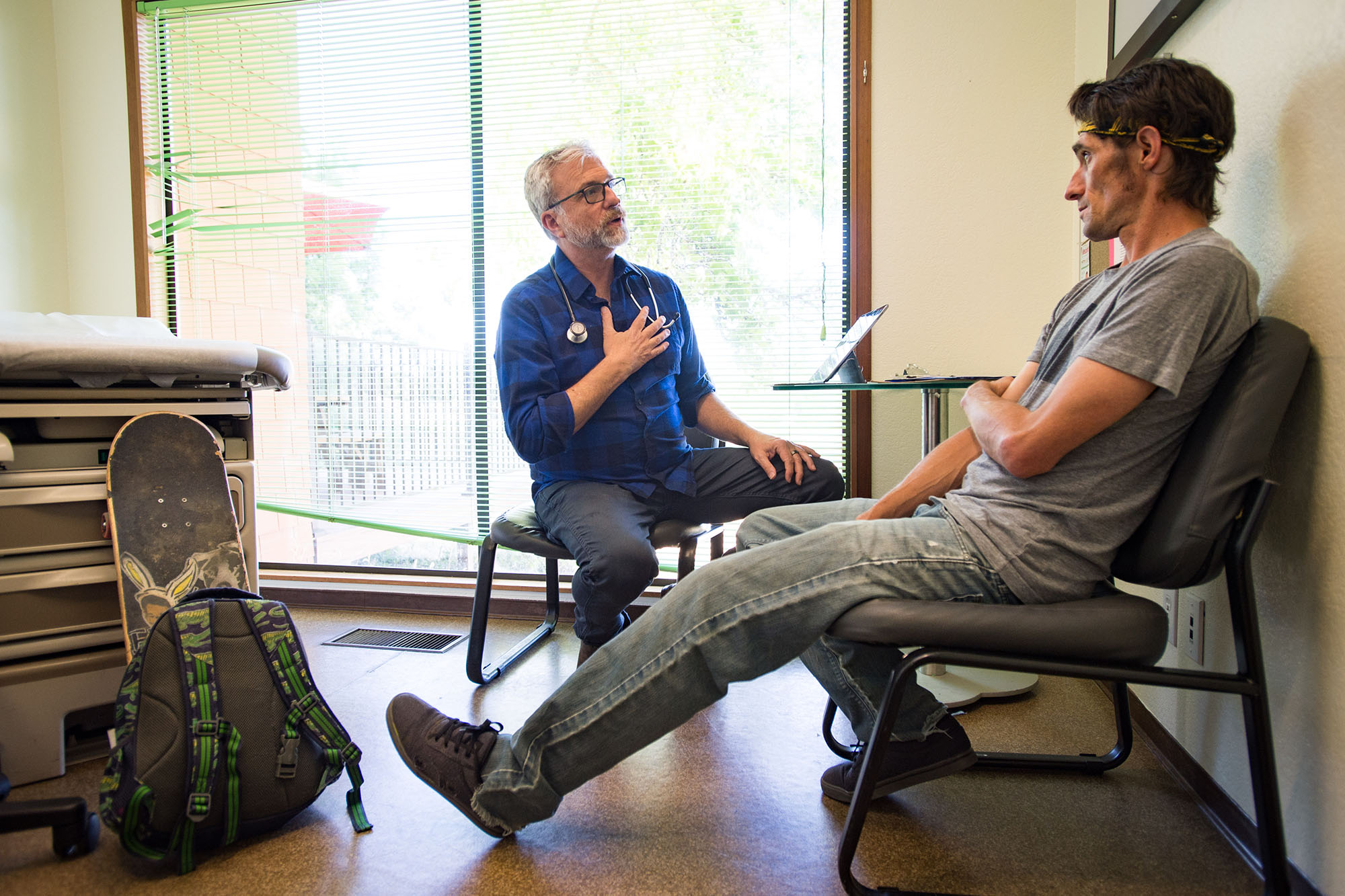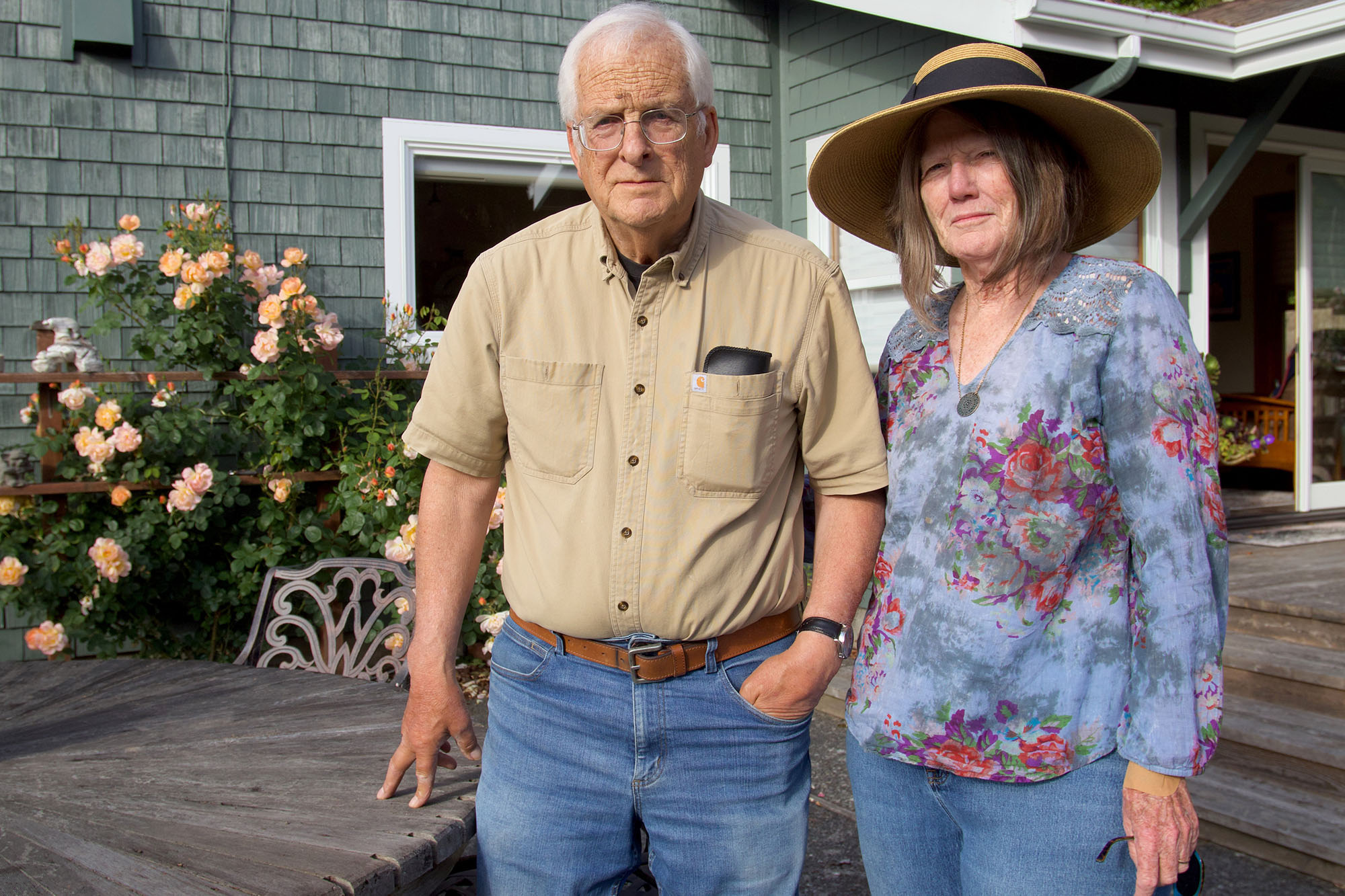
Across California, a new model of health care has taken hold in the state’s most forward-looking emergency medical services (EMS) agencies. Community paramedics are demonstrating new ways to meet the needs of people in their communities.
So what is community paramedicine? It is mobile integrated health care that enables specially trained emergency medical workers to coordinate with other health care providers to help patients and local health care systems deliver more effective and efficient care — with the added benefit of easing pressure on overcrowded emergency departments. With strong support from the California Emergency Medical Services Authority, state health planners approved community paramedicine pilot projects across California. For nearly three years, these projects have leveraged paramedics’ unique skills and round-the-clock availability in a collaboration with physicians, nurses, and social workers.
Filming Around the State
To tap into their rich experiences caring for thousands of patients, I traveled around California to record community paramedics sharing their stories. The result is this collection of short videos, including six paramedic profiles and a three-minute film showing how the wide array of locally designed pilot projects adds up to something much greater than the sum of its parts — better care for patients. The nine participating paramedics are:
- City of Alameda: Community paramedics Patrick Corder and Dave Wills talk about reducing preventable hospital admissions.
- City of San Diego: Community paramedic Anne Jensen talks about her work helping frequent 911 callers.
- San Francisco: Community paramedics April Bassett and Simon Pang explain how they transport 911 patients to sobering centers.
- Solano County: Community paramedics Brian Meader and Stephen Buckner talk about preventing hospital readmissions.
- Stanislaus County: Community paramedics Sean Mangskau and Dennis Flannery discuss their work transporting psychiatric patients to a mental health crisis center.
Authors & Contributors






